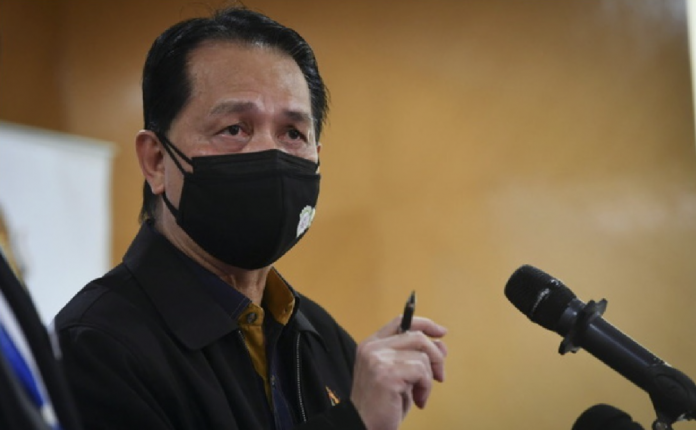KUALA LUMPUR, July 11 — New COVID-19 cases increased by 27.9 per cent from July 3-9 compared to the week before that, Health director-general Tan Sri Dr Noor Hisham Abdullah said.
He said some 21,355 cases were reported during that week as opposed to 16,694 cases recorded from June 26 to July 2.
“Recoveries during the July 3-9 week also went up by 14.6 per cent from 14,293 cases to 16,379 cases,” he said in a statement on the country’s latest COVID-19 situation today.
Dr Noor Hisham said this brought the cumulative number of cases to 4,592,710 and recoveries to 4,521,579.
On COVID-19-related deaths, he said there was a 46.2 per cent increase from 26 fatalities to 38 last week, taking the total number of deaths in the country so far to 35,809.
Dr Noor Hisham said the average daily active cases for last week was 32,145, an increase of 11 percent compared to the previous week.
He said the number of COVID-19 admissions to public hospitals per 100,000 population also increased by 15 per cent last week, with category 1 and 2 patients up by 14 per cent, and category 3, 4 and 5 patients by 17 per cent.
“As for the daily active COVID-19 case trend, monitored virtually by the Virtual COVID-19 Assessment Centre (CAC) last week, it increased 23.4 per cent compared to the end of the previous week (from 43,203 cases to 53,306 cases),” he said.
He said the infectivity rate (RT) also showed an increase of 4.8 per cent last week compared to the week before.
To date, there are 13 active COVID-19 clusters being monitored, he added.
In conjunction with the Aidiladha celebration, Dr Noor Hisham reminded the people that COVID-19 cases were on the rise and the fact that asymptomatic individuals may be carrying the virus.
“Although we are in the transition to endemic phase, it must be reminded that COVID-19 remains a main threat and efforts to battle the pandemic must continue.
“As such, it is encouraged to undergo self-tests before returning to their hometowns for Aidiladha,” he said, while also advising the people to wear face masks in crowded areas to protect high-risk groups such as senior citizens and children.
















